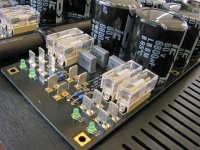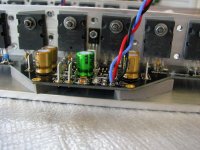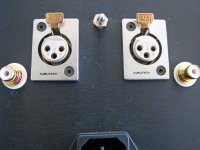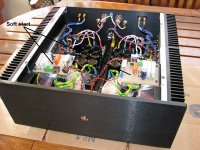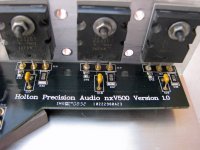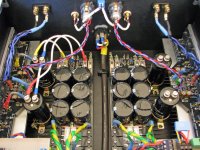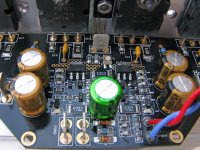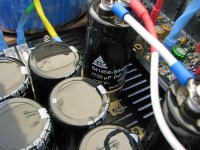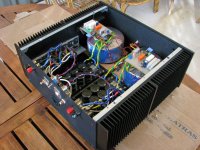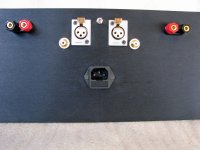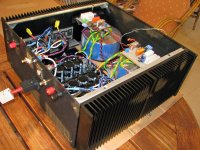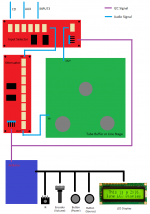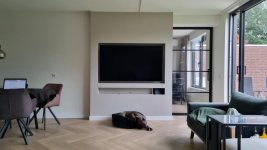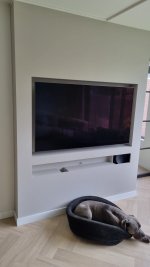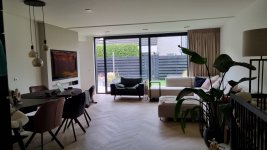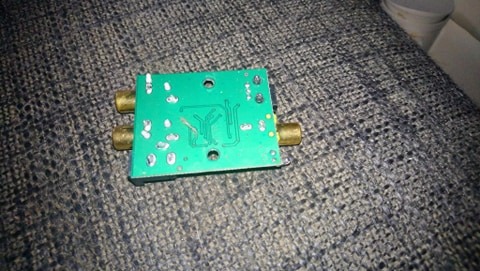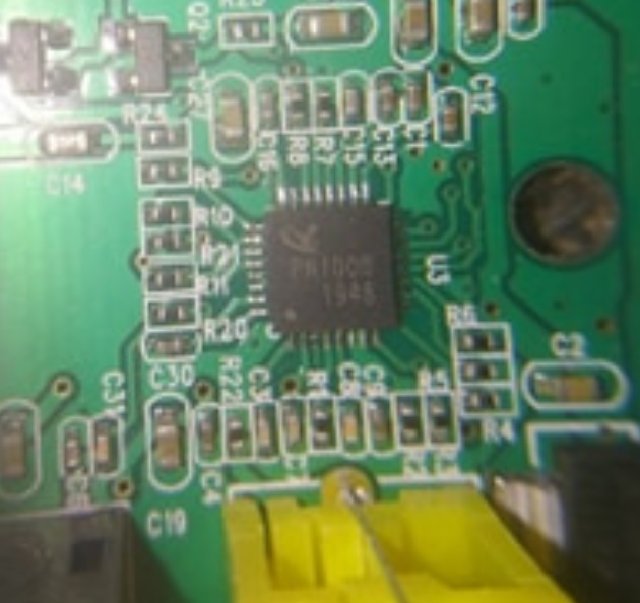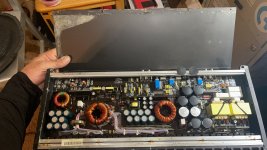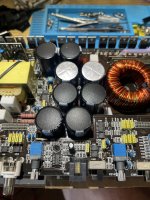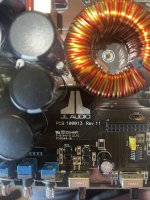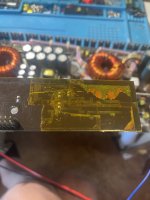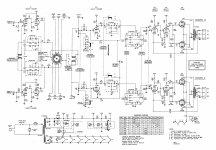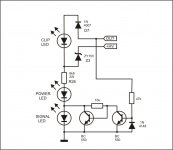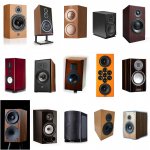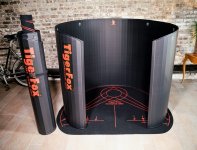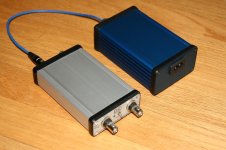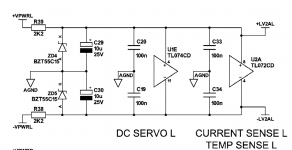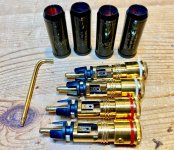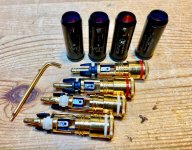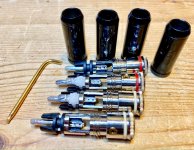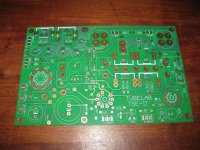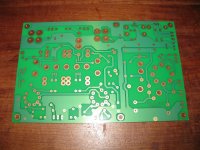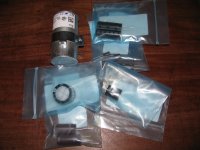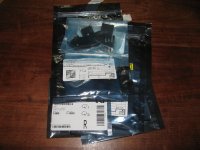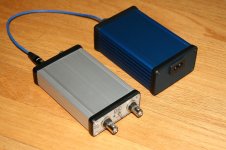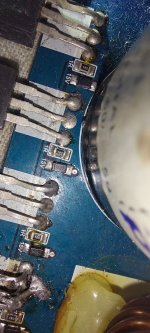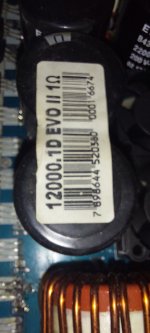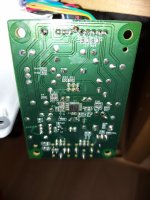Hi Folks,
Just thought I'd get the word out.
The Arizona Audio/Video Club announces SpeakerFest 2022 held Saturday, August 27th, 2022, at the Fountain Hills Community Center. 13001 N. La Montana Drive, Fountain Hills, AZ 85268. About 30 minutes from SkyHarbor Airport, Phoenix.
Doors open 10am to 4pm. $10 entrance fee. This event builds on the success of the 1st Annual 2019 Speakerfest event. Our Goal is to feature listening opportunities for several top rated, hard to audition brands.
Exhibition to include:
1. ATC SCM 11, Courtesy of Lone Mountain Audio
2. KLH Model 5, Courtesy of KLH Audio
3. KEF R3, Courtesy of OmniClassic Recording
4. Sonus Faber Lumina II, Courtesy of Dedicated Audio
5. Totem Sky, Courtesy of LMC Entertainment
6. Philharmonic BMR Monitors, Courtesy of Dennis Murphy
7. Polk Audio Legend L200, Courtesy of Sound United
8. LSA Signature 80, Courtesy of LSA Audio
9. Tekton Design Monitors, Courtesy of Woolsons Audio
10. Monitor Audio 100 Gold, Courtesy of Dedicated Audio
11. Buchardt Audio S400 MkII, Courtesy of Mads Buchardt
12. Triangle Comete 40th Anniversary, Courtesy of Frank Gazzo
13. GR-Research X-LS Encore, Courtesy of Stephen Scharf
14. Golden Ear BRX, Courtesy of Chris Volk
Additions will be Posted on the Club Website:
AZAVCLUB.com
Format:
Two professional sound engineers will be employed for setup optimization.
Selection parameters:
-Available for sale now.
-MSRP $3000.00 MAX.
-Passive, Standmounts only.
Three non-abutting, rectangular rooms of about 600 square feet will be used. Five pairs of speakers per room. Starting at 10:30am, each speaker will play tracks in a preset 10 minute segment. Once each rooms speakers have all played the genre will change. A schedule will be provided showing when each speaker is expected to play. Expect Jazz, Rock, Vocals, Electronics and Classical music. All music will be selected based on recording quality and likely audience familiarity. Limited opportunities may be available to play CDs provided by attendees.
A very big "Thank You" to: Parasound's Richard Schram and Phil Jackson for providing three Hint 6 Integrated Amplifiers, Straightwire, Jerry Willsie for providing excellent matching Interconnects and Speaker Cables. We feel anyone attending will be listening to the best products available in this price/category. We thank all the forward thinking companies who have agreed to Participate!
Special Attraction!!! **
TigerFox Immerse 360 portable listening pod. The TigerFox Immerse 360 dramatically transforms the quality, immersion, and three-dimensional audio performance of even a standard pair of speakers.This new product is said to make people willfully throw awaytheir headphones! Free 5 minute trials on Saturday at event. Inventor Rick O'Polka of Milwaukee will be on hand for free demos and sales. $500.
https://tigerfox360.com/technology
The following Manufacturer's Representatives will be present to answer questions. Phil Jackson of Parasound, Rick O'Polka of TigerFox, Jerry Willsie of Straightwire, Dennis Murphy reknowned Speaker designer of Philharmonic Audio, Jeff Dano of KLH.
For additional information please see
AZAVCLUB.com.



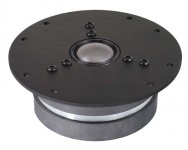
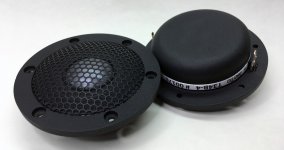
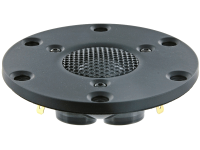
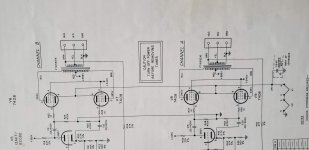
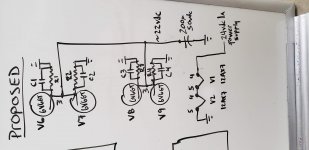
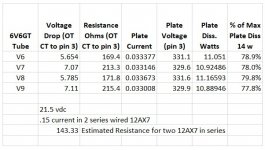


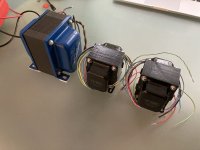
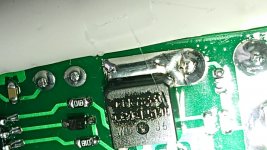
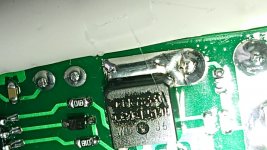
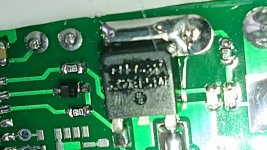
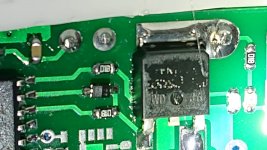
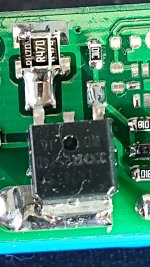
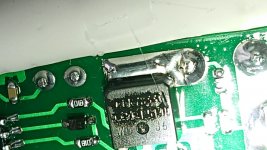

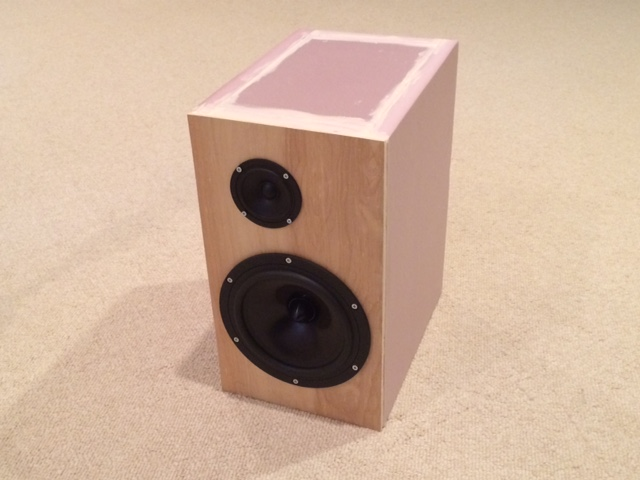
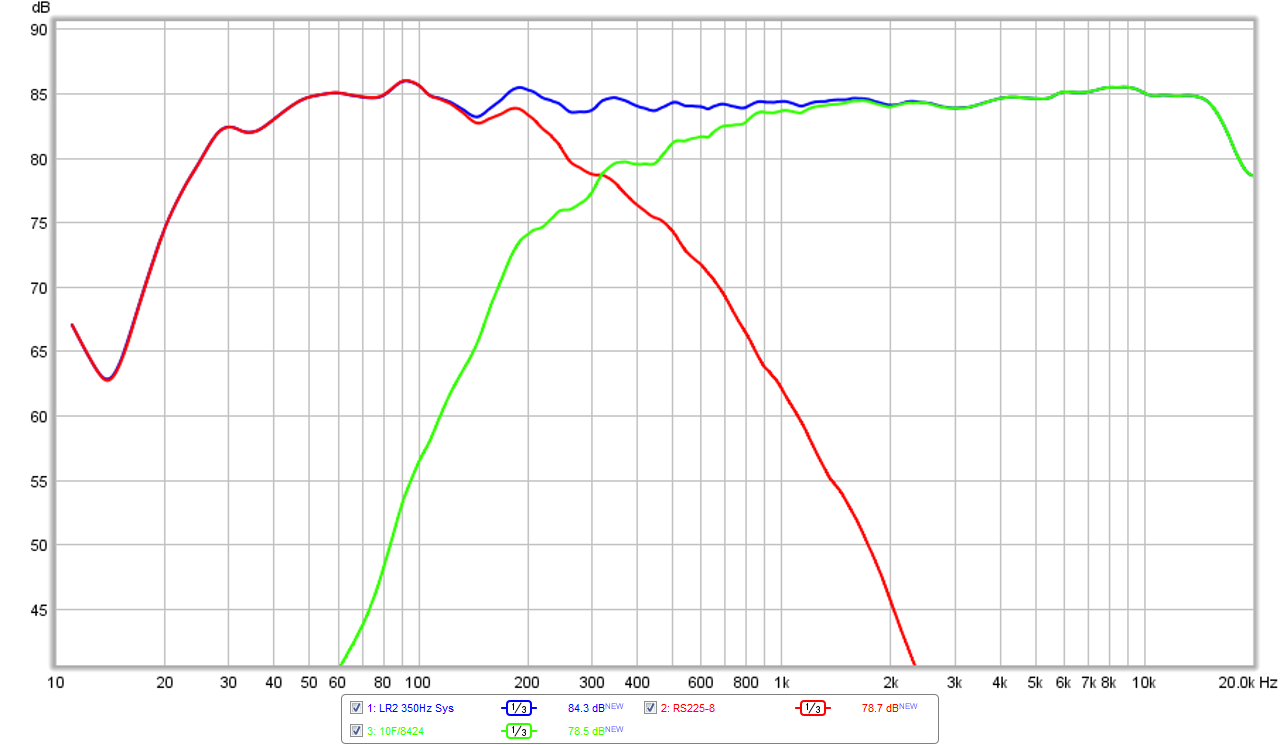
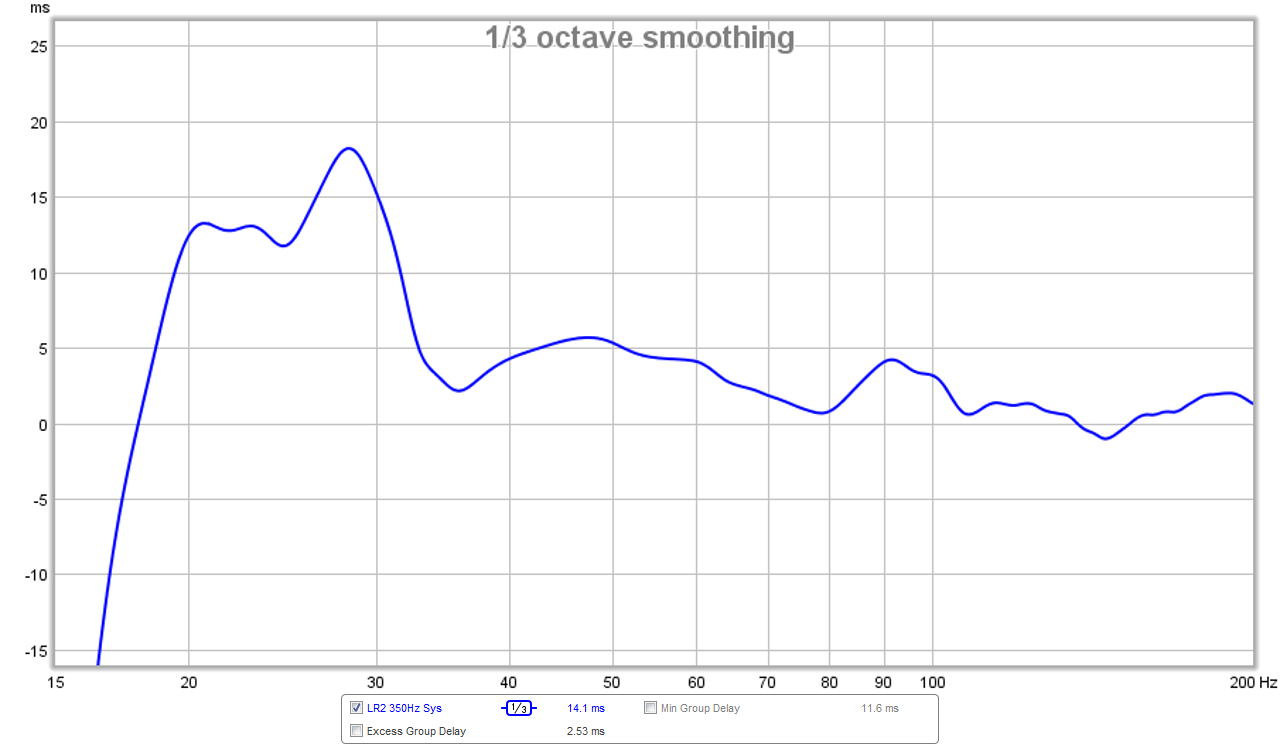
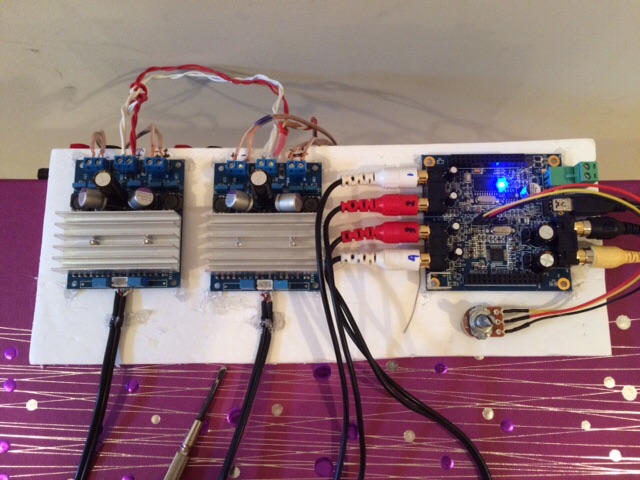
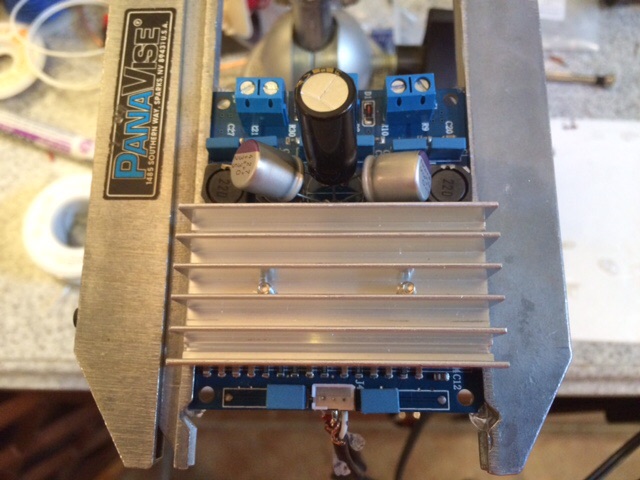
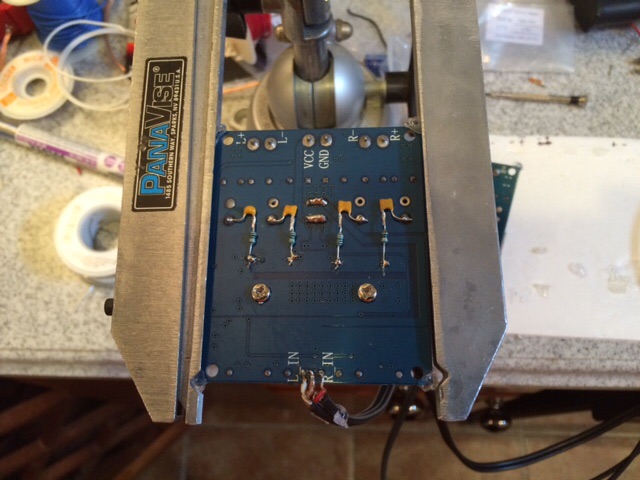
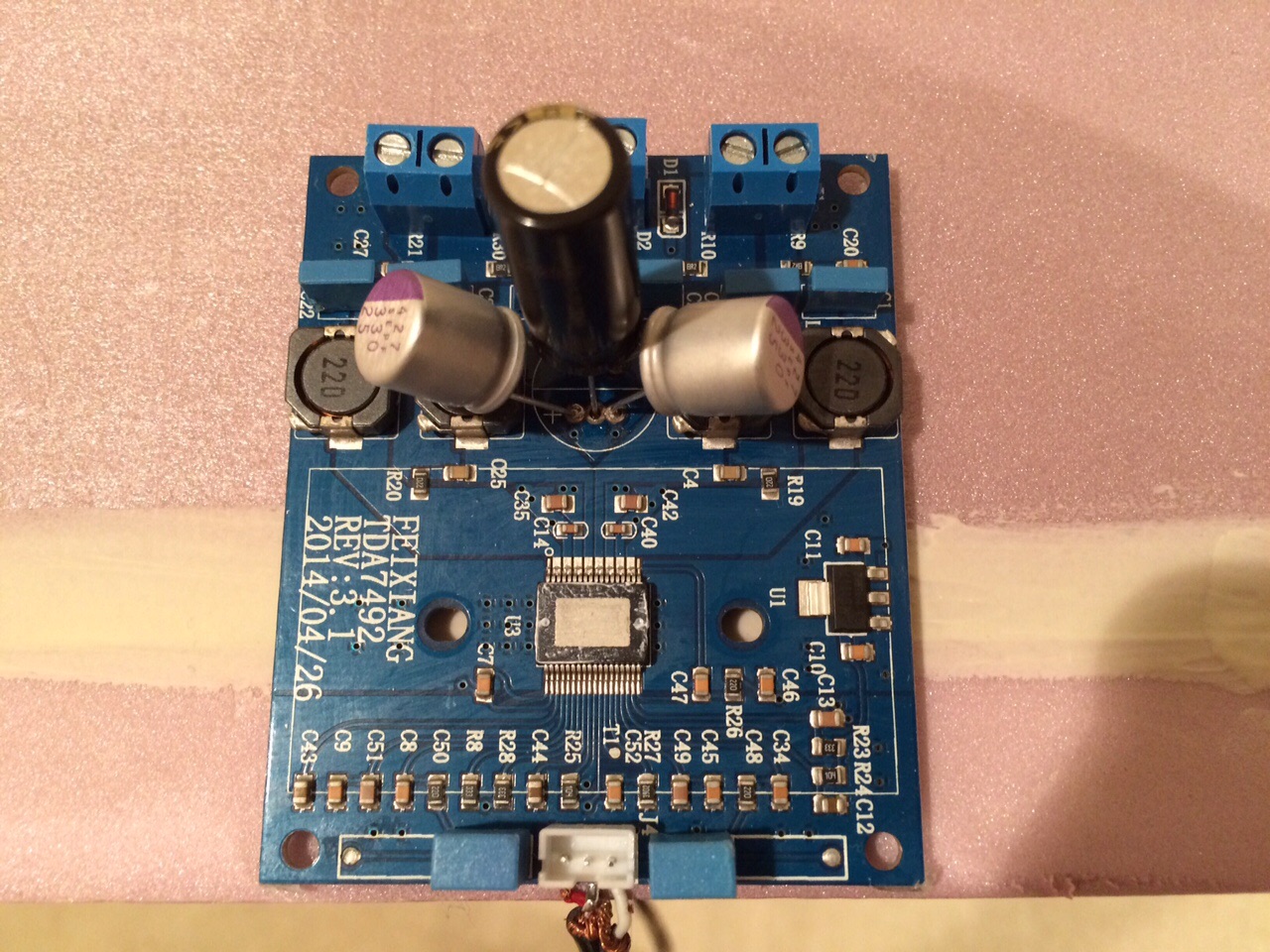
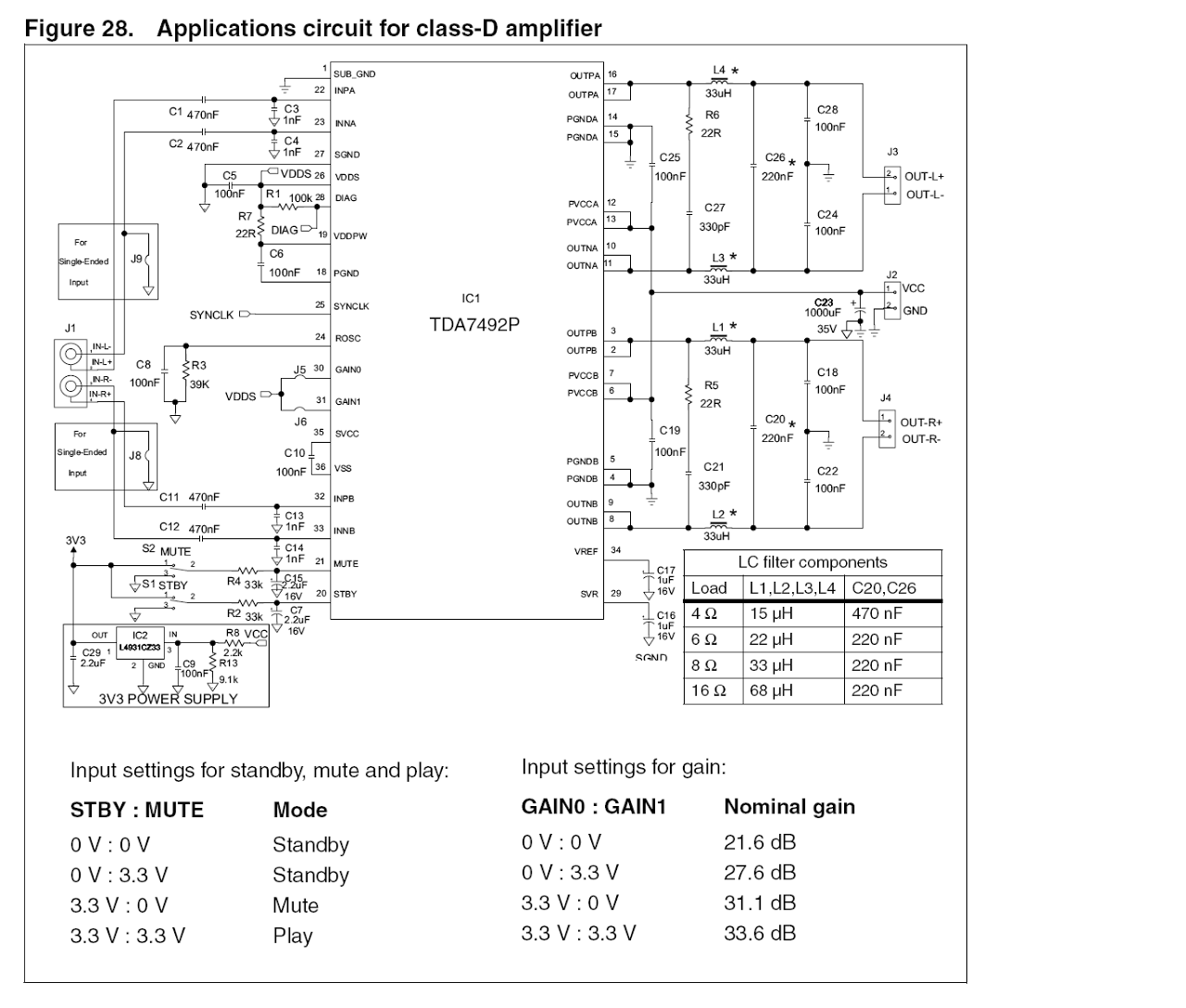
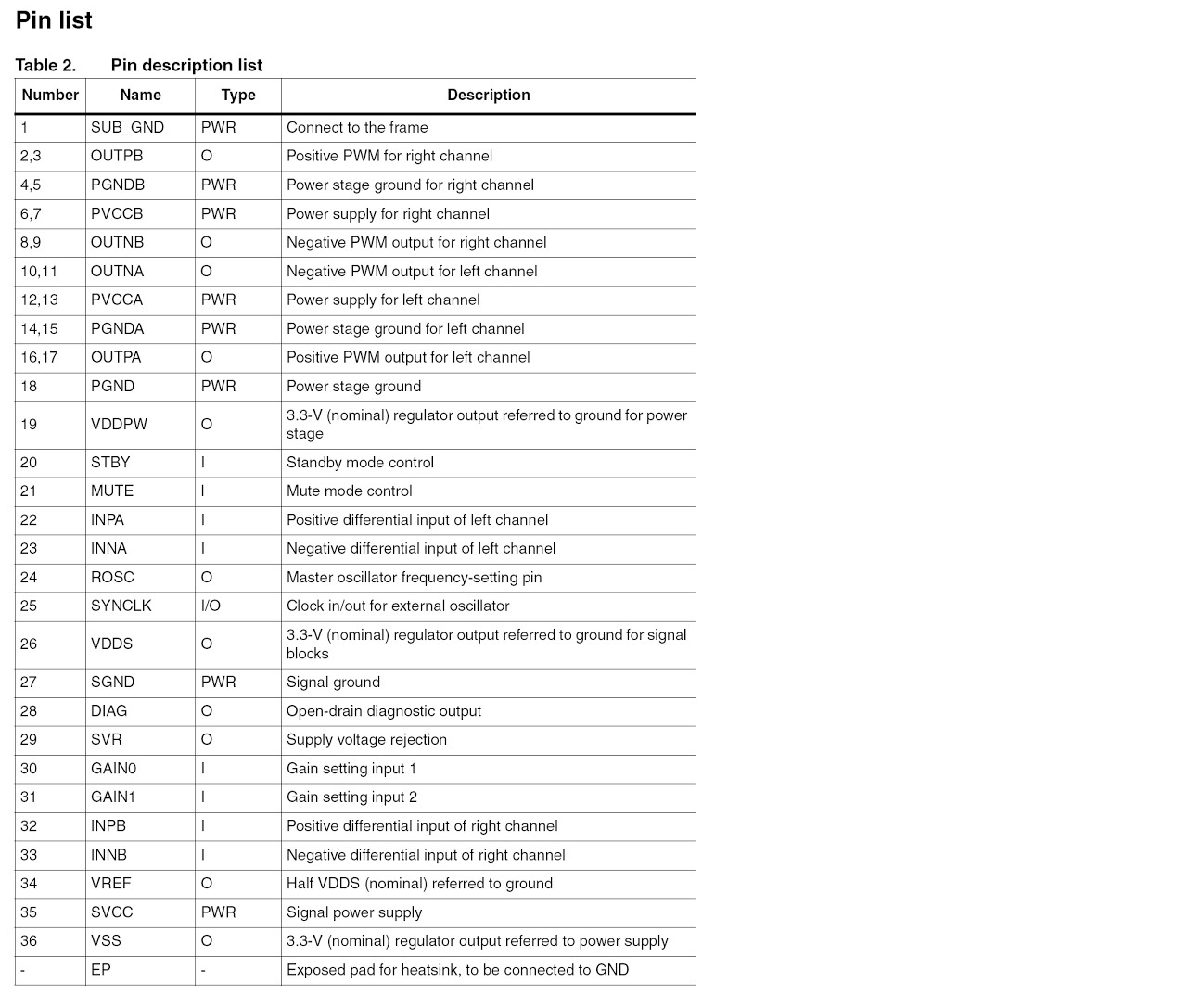
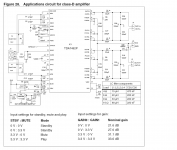
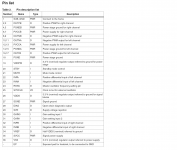
![DSC02975[8265].jpg](/community/data/attachments/974/974434-8bdcf7eb0983dc165d295f10d7889381.jpg?hash=i9z36wmD3B)
![DSC02977[8267].JPG](/community/data/attachments/974/974435-2a53b7e40da059b01ef86d9efffc10ad.jpg?hash=KlO35A2gWb)
